The following data are related to the message from the NIGMS Director in the November 25, 2008, issue of the NIGMS Feedback Loop. Additional discussion of funding trends is also in this issue.
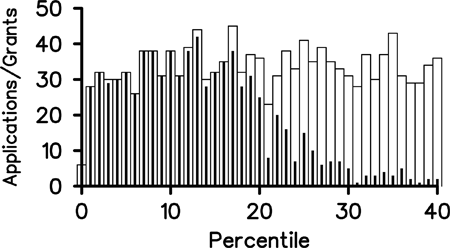
Figure 1. NIGMS R01 applications reviewed (white rectangles) and funded (black bars) in Fiscal Year 2008. All competing applications eligible for funding are included.
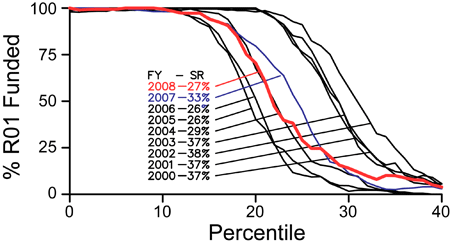
Figure 2. NIGMS funding curves for Fiscal Years 2000-2008.
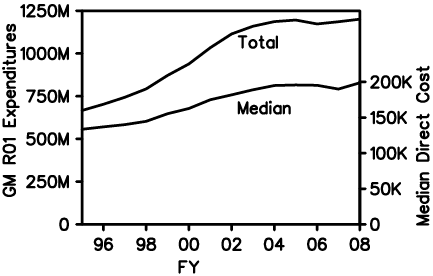
Figure 3. The upper curve shows total GM spending on R01s during Fiscal Years 1995-2008. The lower curve shows the median individual GM R01 direct cost budget. This graph includes R37 Grants (MERIT Awards) and R29 grants (FIRST Awards, a now-discontinued award category).
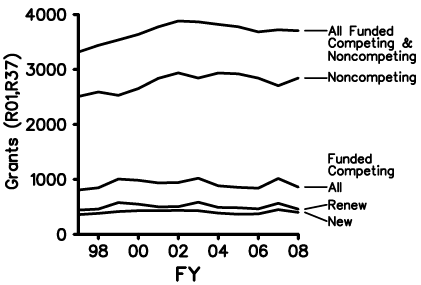
Figure 4. GM-funded R01 grants during Fiscal Years 1997-2008. This graph also includes R37 and R29 grants. The number of funded non-competing applications increased in Fiscal Year 2008, contributing, along with other factors, to a decrease in the number of funded competing applications in 2008.
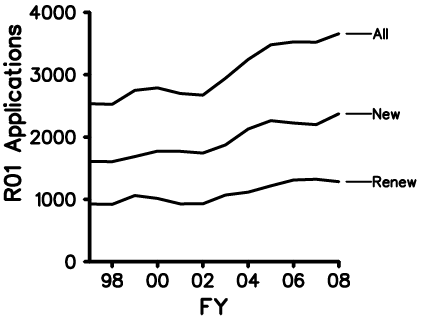
Figure 5. GM R01 applications in Fiscal Years 1997-2008. The increase in the number of proposals against a background of level agency budgets contributed significantly to the decrease in success rates in Fiscal Years 2004-2005 (see Figure 2). After leveling off in Fiscal Years 2006-2007, the number of applications increased in Fiscal Year 2008, contributing along with other factors to a decrease in success rate.
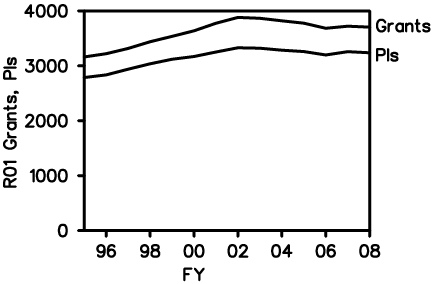
Figure 6. The lower curve shows the number of GM-supported R01 PIs. The upper curve shows the number of funded R01s, both competing and noncompeting. This graph also includes R37 and R29 grants and PIs.
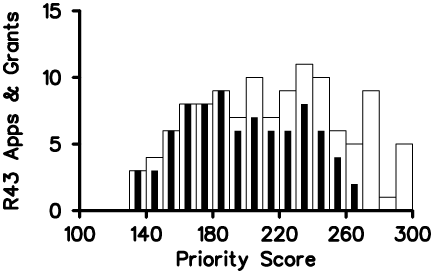
Figure 7. NIGMS R43 (SBIR Phase 1) applications reviewed (white rectangles) and funded (black bars) in Fiscal Year 2008.
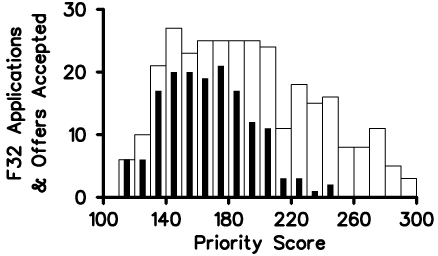
Figure 8. NIGMS F32 (NRSA postdoctoral fellowships) applications reviewed (white rectangles) and funded (black bars) in Fiscal Year 2008.
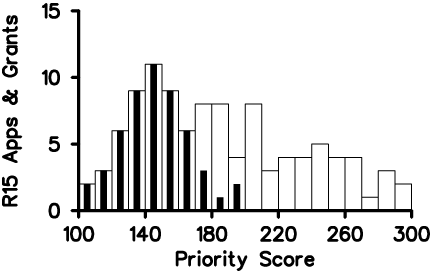
Figure 9. NIGMS R15 (AREA) applications reviewed (white rectangles) and funded (black bars) in Fiscal Year 2008.
